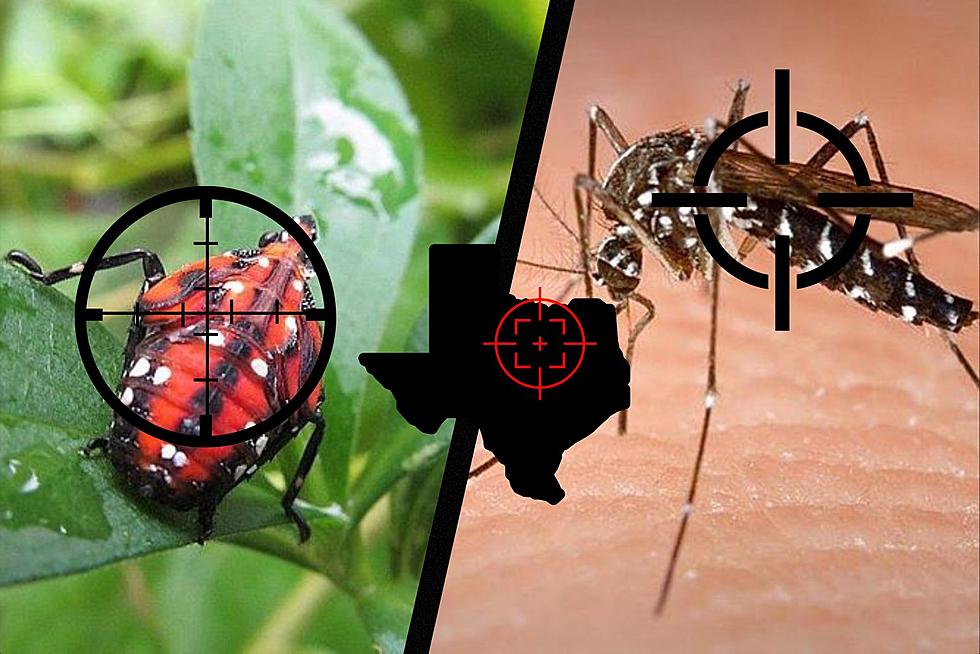
Watch Out For These Deadly, Toxic Mushrooms In The Pineywoods This Year
One of the world's deadliest mushrooms is growing right here in East Texas this year, and you may not be able to spot it. After reading this, you'll want to check your yards for any wild mushrooms, and keep a closer eye on your pets.
It's called the Amanita phalloides, or better known as the death cap mushroom, and the name enough should make you think twice. Its looks can fool you, because it doesn't look very different from any other wild mushroom, grows tall, and smells great.
However, it only takes a few bites to kill you.
You see, the death cap mushroom contains a deadly amatoxins that can cause organ failure. According to Slate.com, when someone ingests the death cap mushroom, they may not think much of it, considering symptoms may not show for up to 24 hours. Eventually, these symptoms begin to rear their ugly heads:
- Abdominal cramps
- Vomiting
- Severely dehydrating diarrhea
Of course, these symptoms can be attributed to something less serious like a stomach bug or food poisoning from a restaurant. But as you sit and wait to fight off this "stomach bug", the amatoxins go directly to your liver and begin attacking it. This is the order in which things happen from this point according to Slate.com:
Both poisoned and healthy liver cells spit out amatoxins into bile, which is then concentrated in the gall bladder. After each meal, the gall bladder releases bile into the gut, and the amatoxins travel with salts in the bile. At the end of the small intestine, most the bile gets reabsorbed back into the liver. Amatoxins re-enter the liver via the same receptors as the bile salts, and the poisoning cycle repeats.
Your kidneys can also be the target of these toxins.
So how do you identify it? There is no reliable method of identification for the death cap mushroom, so it's good to just avoid wild mushrooms altogether. You may have heard that boiling or cooking wild mushrooms kills anything deadly. Well, that's not the case with the death cap mushroom, since the amatoxins cannot be removed that way.
Protect your family and your pets starting this spring when the death cap is more likely to appear. They stick around until August or so, so don't ease up too soon.
My Favorite Small Texas Towns With The Funniest Names
More From K-Fox 95.5









